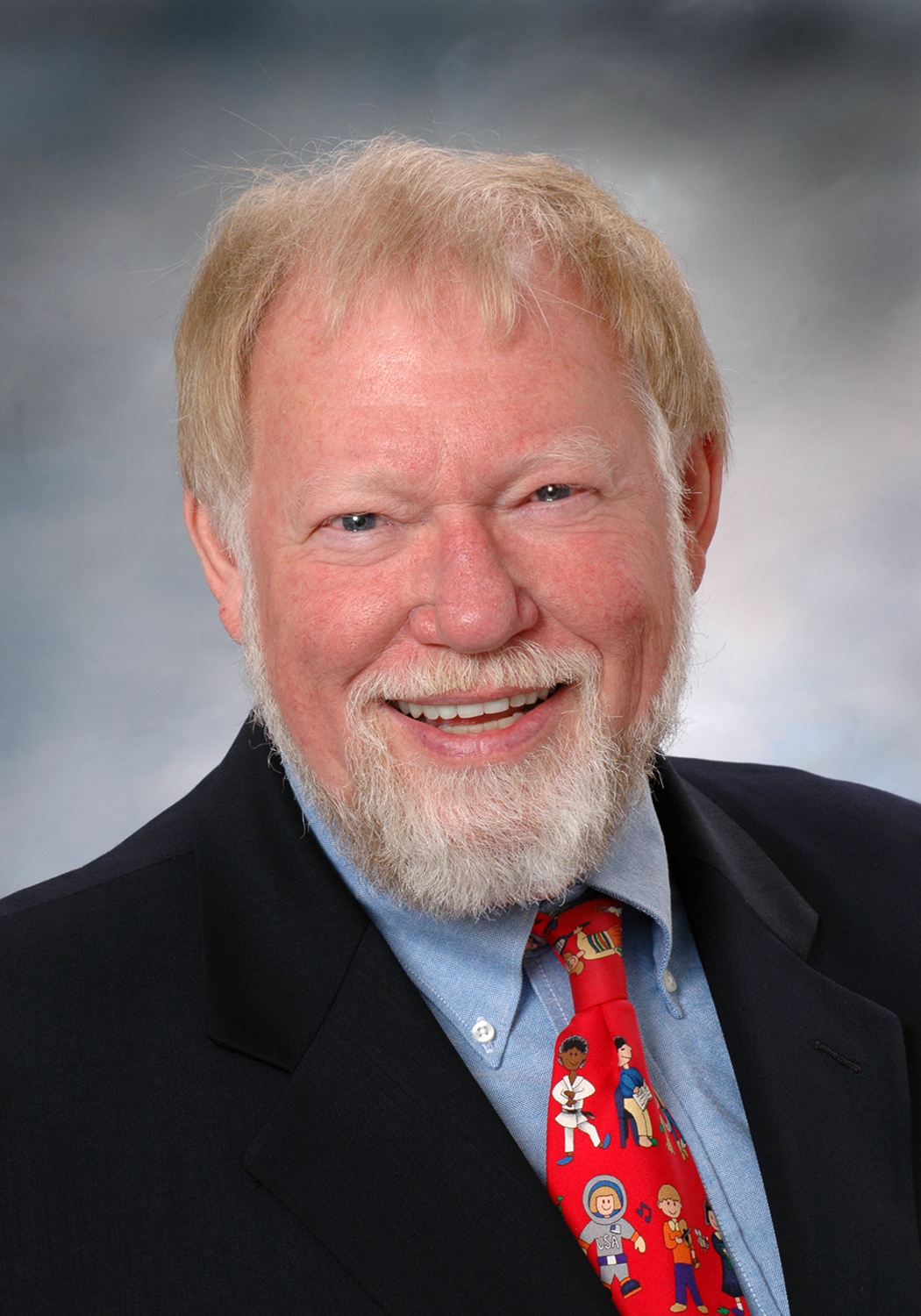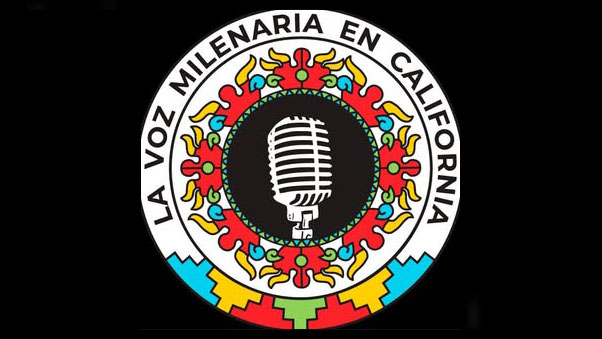TO: The EMQ FamiliesFirst Community
In recent months, the news media has given renewed attention to California’s foster children and children with mental health issues. It seemed like a good time to review our recent history together, and to remind Californians who care about at-risk children how far we have come as a state in the past quarter-century.
To paraphrase the classic poem by John Donne, no child is an island. This is especially true when we are talking about a child suffering from mental health issues, including the effects of abuse or trauma. Each child is part of a family system, and every member of that family system affects and is affected by the child and the symptoms that he or she presents. This insight into the complex web of childhood mental illness is why EMQ FamiliesFirst defines its mission this way: “ To do whatever it takes to help children, strengthen families, build community, and advocate for systems change to ensure that our families thrive.”
In 1991 EMQ FamiliesFirst (in those days known as “EMQ”) brought the philosophy and programming of Wraparound to Santa Clara County and eventually to the entire state of California as a vehicle to reform and change the way mentally ill children were provided services. In designing a Wraparound program, we ask what it would take for a child to establish a permanent, sustainable life? We help the entire family (child, his/her family, and members of the family’s support system) work together as a team to identify strengths, needs and goals, and we provide treatment to preserve the family’s integrity.
I am proud to see how Wraparound has grown to reach virtually every county in California, providing demonstrably better outcomes everywhere it is used.
For decades, prior to Wraparound’s wide acceptance, when a child was acting out in ways the family could not control, or if the child had been abused or neglected, the response of child welfare officials in all California counties was to remove the troubled child from the home and place them in a residential facility, such as a group home. Residential treatment facilities for at-risk children have been susceptible to multiple problems, including safety. But the benefit, in theory, was that the child would receive treatment while being protected from negative influences in the home and community. There was a widespread tendency to blame the parents for the child’s problems even though many mental illnesses are biologically based.
By the late 1980s, EMQ FamiliesFirst’s leadership had grown disenchanted with residential treatment due to its deeply disappointing results. The children would come out of these facilities healthier, but the effects were short-lived. We came to understand that the unsatisfactory outcomes often were due to the complex family needs that had been left unaddressed during the residential stay. The child could not hold on to his or her gains if the siblings and parents were still immersed in the same negative patterns that existed before the child left home.
To be sure, the agency’s 130-bed Santa Clara County facility helped many children. But in 1990, we decided it was time for a fundamental reinvention of services and a reorientation of how we defined the work we did on behalf of youth in California. We reassessed our own strengths and weaknesses, and then began scanning the children’s mental health field nationwide to find more effective approaches.
Through this process, we came upon Wraparound, and studied the work done by its early pioneers in Chicago, Vermont and Alaska. The idea resonated with the leadership team at EMQ FamiliesFirst. We could provide individualized, comprehensive services and support to children and adolescents with serious emotional and/or behavioral disturbances in the community, using methods that allow the child to remain with the family or stay with another relative before being reunited with the family.
The problem was, in 1991, there was no clear way to fund the hands-on services that Wraparound provides. Residential treatment was not just the preferred method for rescuing children in crisis; it was the only method. The ubiquity of residential was hard-wired into the laws and regulations governing children’s mental health in California. Interest groups, including some group home providers, safeguarded these laws and regulations from change, in order to ensure a consistent flow of revenue to pay off their bonds and keep their doors open.
But we found allies in Santa Clara County, including Judge Len Edwards then the presiding judge of Santa Clara’s County’s dependency court, Sally Reed, then Santa Clara County Chief Executive and Dick O’Neil the Director of County Social Service at the time and were able to put Wraparound in practice. The county also partnered with EMQ FamiliesFirst over the next four years to secure passage of AB 2297 (Jim Cuneen), which allowed state funds that were formerly exclusively for residential treatment to be used in Wraparound programs as well. That was the first of a series of legislative victories that has resulted in ongoing availability of funds to implement Wraparound in every one of California’s counties.
Along the way, EMQ FamiliesFirst downsized our residential facility in Santa Clara County by more than 100 residential beds. We believed in Wraparound and worked aggressively to demonstrate that it should be funded and widely adopted.
Group care has a limited role to play in the safety net for children with mental health problems. EMQ FamiliesFirst’s facility in Santa Clara County remains available to county youth when mental health officials deem it to be the better option. It has two cottages serving up to 20 youth, with services that include psychiatric assessment, evaluations, medication management, individual therapy, family and group therapy for children and their families. That facility is part of the Wraparound continuum, and the goal of permanency for the child is the same.
I have been retired for the past six years, but have maintained an avid interest in EMQ FamiliesFirst. We have made a difference in the manner in which troubled children are treated in California, improving both quality and outcomes. We have a long way to go. We must keep evolving our programs so we can close the gap and provide equity to all the children of California. But I believe we can take not only pride but hope for the future from what we have achieved in the past 25 years.
Sincerely,
Jerry Doyle








